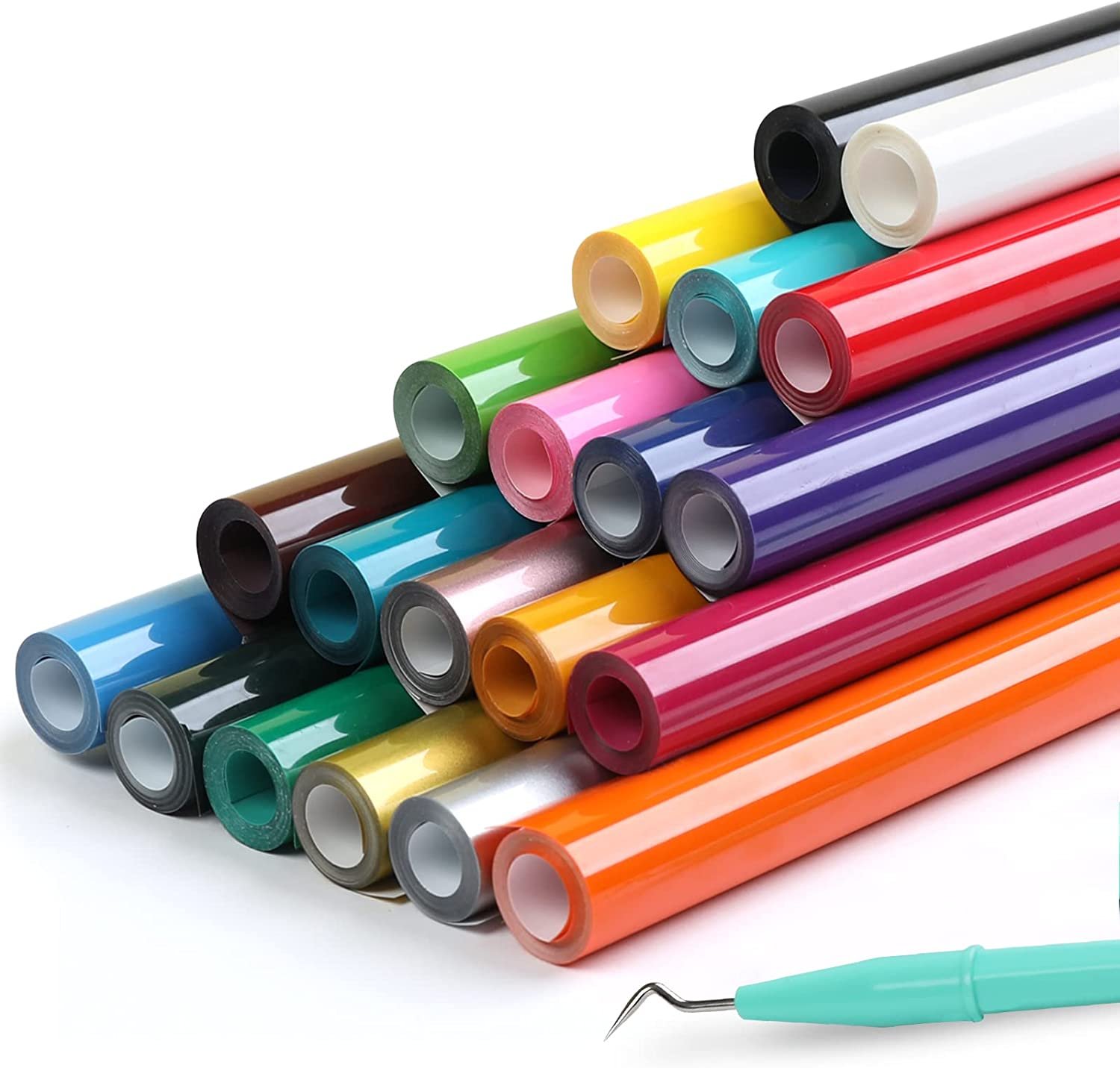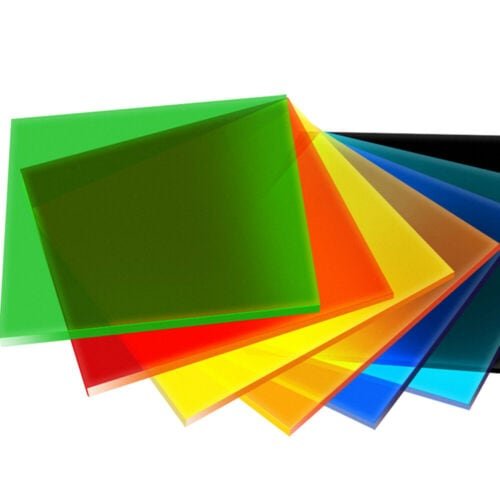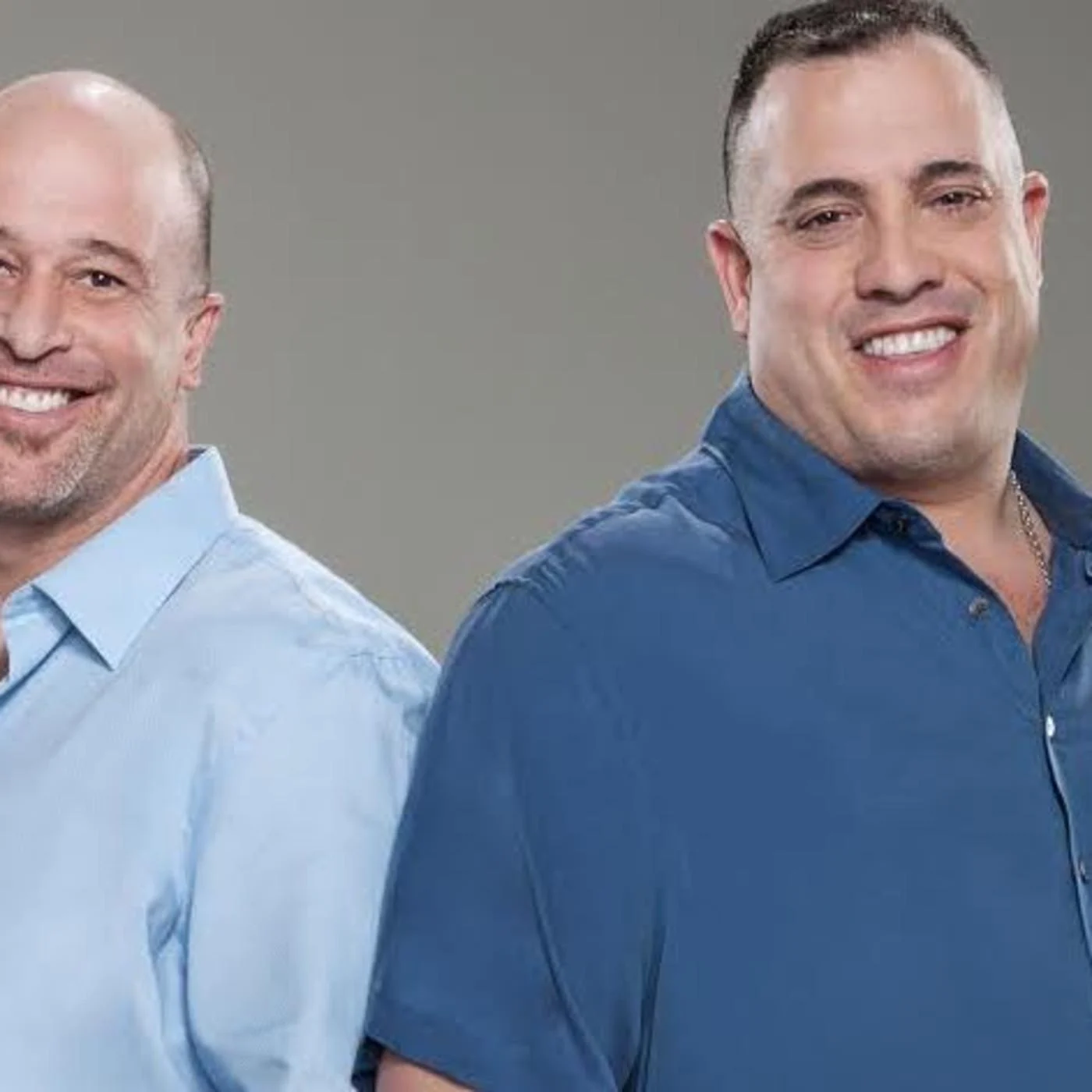Have you ever wanted to apply HTV on acrylic sheet or acrylic painted fabric? Chances are that you’ve noticed the process can be different from applying HTV on paper, wood, or even a wall. When it comes to applying HTV to more unconventional substrates like acrylic, there can be some confusion. The big question is can you use HTV on acrylic or does it only apply to wood?
Heat Transfer Vinyl (HTV) can be used on acrylic. However, you should use a heat press machine or Iron to apply the HTV. Additionally, HTV can also be used to create custom shirts, keychains, backpacks, phone cases, and more.
This blog post will;
- Discuss the different types of HTV materials
- Give a detailed step-to-step guide on how to use Heat Transfer Vinyl on acrylics and tumblers.
- Explore different methods of using HTV on acrylic
Related Articles
- Sublimation on Acrylic for Beginners
- Can Cricut Maker Cut Acrylic?
- TOP 10 Best Acrylic Fish Tanks in 2023
- Why Did Acrylic Tank Manufacturing Close?
What is HTV and Why You Need It?

HTV is a polyurethane material that comes in different colors and can be used to create heat transfer vinyl designs. It is used by DIYers, artistes , graphic designers , screen printers and other commercial businesses that want to customize their products, such as t-shirts, hoodies, hats and more.
There are several ways to use HTV, which are all listed below.
Heat press machine: A heat press machine is used to apply vinyl to fabric. The heat press machine has a heated platen that presses the vinyl onto the fabric, creating a permanent bond between the two materials.
Silhouette Cameo: This is an electronic cutting machine that allows you to cut out shapes from your vinyl and then apply them to your fabric using an iron.
How To Apply HTV On Acrylic Sheet
Method 1: Heat Press Machine
Materials needed:
- Heat press Machine( I recommend VEVOR Heat Press, 5 in 1 Heat Press Machine Machine 12×15)
- Vinyl cutter or Silhouette Cameo
- Computer with design software (optional)
- HTV material( I recommend 12 Roll Heat Transfer Vinyl )
- Acrylic Sheet( my favorite are NIUBEE Acrylic Sheet 12×24 Inches2 Pieces)
- parchment paper.
Instructions
- Clean your acrylic sheet to remove any dirt. This is especially important if you’re using a material other than white.
- Wipe any dirt on your heat press machine and make sure it’s turned on and ready to go.
- Cut your HTV design using a cutting tool or with a paper trimmer with a clear ruler.
- Load heat to 300 degrees (Fahrenheit). If you don’t have this option on your heat press machine( contact your manufacturer)
- Cover the top of your acrylic sheet with parchment paper.( Check out Pack PTFE Teflon Sheet for Heat Press Transfer Sheet Non Stick) This will help to prevent any sticking of the transfer tape to the top of your acrylic sheet before you apply your vinyl transfer.
- Now, Press Heat on your HTV machine. Make sure the heat temperature is 300 degrees Fahrenheit. if you set to a very low heat range, then your design will not stick so much to your acrylic. So make sure you set it to 300 degrees
- Once you have heated your design, remove The Heat Press And Peel Off The Transfer Tape. Let it cool now for a few minutes.
Method 2: Using Iron ( If you don’t have a Heat Transfer Machine)
Materials
- HTV Material( I recommend HTVRONT HTV Heat Transfer Vinyl Bundle (12 Pack)
- Iron ( The SLASHCOOL (White) 6.6 Inches x 2.67 Inches x 3.85 Inches Mini Heat Press Machine can also be used to hit press on T-shirts)
- Scissors( Check out this Scissors, Taotree 8″ Multipurpose Scissor Bulk Pack of 5)
- Parchment paper
Instructions
- The first thing that you need to do is prepare the product. The acrylic sheet must be clean and free from dust. You can use a soft cloth to wipe it clean. Make sure that there are no traces of dirt or dust on the surface of the acrylic sheet. If there are any scratches or dents, these should also be removed with a soft cloth before ironing.
- Cut your HTV design. The iron will set the ink in the vinyl, so it’s important that you don’t cut too big of a piece or else it will be hard for the iron to press down onto the material.
- When cutting your design, make sure you weed out all of the excess around your image. A weed tool is great for this! If you don’t get all of the excess off, it can get stuck under your iron and ruin your project.
- Place your HTV design on the acrylic sheet. Once your HTV design has been placed on top of your acrylic sheet, cover it with parchment paper and then place another piece of parchment paper over top of that. This ensures that no air bubbles will get trapped between layers and ruin your transfer process.
- Next, apply pressure using an iron for 20-30 seconds . You might want to repeat this procedure for a second time to ensure your design sticks well to the acrylic sheet.
- Peal off your parchment paper and let your design cool. ( This process is pretty much simple and straight forward). Once it has cooled, you have your design ready.
Related Reading: Can Cricut Maker Cut Acrylic?
Heat Transfer Vinyl on Acrylic Painted Fabric/Cloth
Instructions
- To get started, make sure your heat press machine is clean and ready for use.
- Cut your HTV design using our online HTV cutting tool or with a paper trimmer with a clear ruler.
- Set the temperature on your heat press machine to 300 degrees Fahrenheit. If you don’t have this option on your heat press machine, please consult the manufacturer’s instructions for proper setting.
- Place our cut piece of HTV onto the acrylic fabric and center it as best you can. Be careful not to move around too much while applying pressure or it may cause wrinkles in your design or uneven edges on the cut piece of HTV.
- Cover the top of your acrylic fabric with parchment paper before applying the transfer tape. This will help to prevent any sticky residue from transferring onto your acrylic sheet.
- Now, turn on your heat press machine! If you set the heat range to low, then your design will not stick as much to the acrylic. Make sure it’s at 300 degrees Fahrenheit, and let it cool for a few minutes.
Heat Transfer Vinyl on Acrylic Tumblers
Instructions
- Cut out your design using an X-Acto knife or scissors. Make sure you don’t cut through any part of the design that will be pressed onto the tumbler. Don’t forget to leave some extra space around the design so that you can remove it from the transfer paper without damaging it.
- Place your design face down on top of a piece of transfer paper. Place a sheet of parchment paper over top, then iron with medium heat for about 10 seconds per section until all parts of your design have transferred onto the parchment paper (this may take longer depending on how many sections are in your design).
- Be careful not to burn yourself! The whole process will take about 30 seconds or less if all parts of your design have transferred correctly onto the parchment paper.
- Peel off excess vinyl from your tumbler.
Different Types Of HTV You Should Know About

There are many different types of heat transfer vinyl, or HTV, on the market. Some are better than others for certain projects. Here are some of the most common types:
1.Pattern Heat Transfer Vinyl
Pattern heat transfer vinyl is a sheet of vinyl with a design or pattern on it. If you are someone that loves that extra pop up deign , the Heat Transfer Vinyl Bundle Pattern Buffalo Plaid Leopard is attractive . The design can be cut out and applied to a t-shirt, hat or other piece of clothing. The design will then transfer onto the item being decorated.
2.Universal Heat Transfer Vinyl
Universal HTV is the most common type of HTV because it works with almost any substrate. I personally love VinylRus Heat Transfer Vinyl Bundle 12 Roll pack).
The good thing about Universal HTV is that it has a smooth surface without ridges or bumps like some other types of HTV do. This makes it easy to apply, as there’s no need to worry about wrinkles or creases in your design.
Universal HTV is also versatile because it can be ironed on or used with an iron-on adhesive backing (like Siser EasyWeed) that allows you to weed out any unwanted parts of your design before applying it to your project.
3.Standard Heat Transfer Vinyl
Standard Heat Transfer Vinyl (HTV) is the most popular form of vinyl for graphics. It is a pressure-sensitive adhesive that is coated with a thin layer of silicone. The silicone allows it to be applied to many different surfaces, such as fabrics, paper, wood and more.
4.Glossy Heat Transfer Vinyl
Glossy heat transfer vinyl gives the benefits of HTV but in a glossy shine. This makes it ideal for fashion and sports clothing as it makes the design more visible without looking cheap or tacky. It also works well on dark colors. One of the most popular glossy Vinyl is TUMIYA HTV Vinyl – 12″ x 35 Ft Heat Transfer Vinyl, Yellow Iron on Vinyl, Glossy Adhesive HTV Vinyl. This Vinyl is easy to weed out for your other projects such as clothing/fabric.
5.Glitter Heat Transfer Vinyl
Glitter Heat Transfer Vinyl is a new product from Expressions Vinyl. It’s like a standard HTV, but with glitter particles embedded in the film. If you choose to go with Glitter heat transfer, then the HTV Glitter Heat Transfer Vinyl Sheet is a good pick. This HTV Glitter Heat Transfer Vinyl Sheet is the perfect way to add some extra shine and sparkle to your t-shirts. Designed with durability in mind, this glitter heat transfer vinyl can withstand even the toughest of washing machines. Unlike other heat transfer vinyls that peel and crack, Glitter HTV is sure to hold up in the long run while providing a smooth finish.
Overall, Glitter Heat Transfer Vinyl allows for a sparkly appearance in your prints, and the film has a nice shine to it that adds depth to your designs. Lastly, glitter HTV can be used in all of your standard applications, including t-shirts, hats, and bags.
6.Flocked Heat Transfer Vinyl
Flocked HTV has a fuzzy texture on one side, which makes it ideal for use on fabric or fleece. When applied correctly, it will not come off in the wash and will not fray or peel off like some other types of HTV. This can be used to create logos, designs and so much more! The Craftables Flocked HTV Starter Pack is one of the best flocked Vinyl we have in the market.
What Can You Use HTV On
You can use heat transfer vinyl on a variety of surfaces. HTV can be applied to:
- Wood
- Metal
- Glass
- Leather (hard)
- Some fabrics (thin and smooth)
Related Reading: Can You Use Acrylic Paint on Metal?
What Material Can You Not Use HTV On?
You cannot use HTV on plastic alone because it will not adhere properly and could peel off easily as well. However, if you want to use plastic with your vinyl design then you should look into using an adhesive such as 3M ATG Adhesive Transfer Tape 987 for a better result when applying your design onto plastic items such as mugs, tumblers and other drinkware items.
Related Reading: Will Acrylic Paint Stick To Plastic?
How to Seal Vinyl on Acrylic?
Vinyl on acrylic is a popular choice, but what most people don’t realize is that it can be challenging to seal. The problem with vinyl on acrylic is that the plastic is porous and will absorb liquids, making it difficult to get a good sealant. Here’ how to seal vinyl on acrylic;
- The first thing you need to do is clean your table thoroughly. Use soap and water, then wipe down the table with a damp rag. Make sure there are no streaks or residue left over from your cleaning process. You should also remove any residual dust from your table before applying any sealant.
- Next, apply a thin layer of painter’s tape around the edges of your table so that you don’t accidentally get any sealant on your table. when you’re applying the product.
- Now seal your Vinyl. Apply 2 or 3 layers of sealant for more extra durability.
Note: You’ll want to use an oil-based sealant for this project because it will penetrate deeper into the material than water-based. ( I recommend the Wayin Upgraded 200g Ultraviolet Epoxy Resin Non-Toxic)
Frequently Asked Questions
What Kind of Vinyl Do You Use on Acrylic?
The most common types of vinyl used on acrylic are adhesive-backed calendared film (pressure sensitive) or cast film (heat transfer). These films are specially formulated for use with acrylic so they won’t crack or lift when heated or when pressure is applied to them during the manufacturing process.
Can You Put HTV on an Acrylic Keychain?
100%. You can simply put HTV on an acrylic keychain! With the proper equipment and materials, this is one of the easiest ways to add custom graphics onto any type of acrylic product.
Does Acrylic Stand Up to Heat?
Acrylic stands up to heat very well.( No need to worry). It will melt at high temperatures but it won’t burn or catch fire like some other materials like paper would do at those temperatures.
How Do You Keep Vinyl on Acrylic?
Use a heat gun or hair dryer sparingly. When removing vinyl from acrylic or any other type of plastic, it’s best not to use too much heat as this can cause damage to both products by melting them together or causing them to become unstuck .
What Happens to Acrylic When Heated?
Acrylics are not heat resistant, so it’s important not to heat them too much when installing a vinyl decal on them. If you have an a heat press machine available, set it at about 300 degrees Fahrenheit (150 C) and use it sparingly.
Conclusion
You can put heat transfer vinyl on acrylic. The best thing about HTV is that it’s waterproof, so you can even place it on your shower curtain or the front of your binder.
When you’re using HTV on acrylic or any other smooth plastic material, make sure to follow the manufacturer’s instructions; if they don’t say that it can be used with HTV, then you’re subject to the possibility of creating a mess.
SOURCES
Wikipedia: Heat transfer vinyl
Quora: Which is better in terms of life, a vinyl heat transfer or screen printing?






